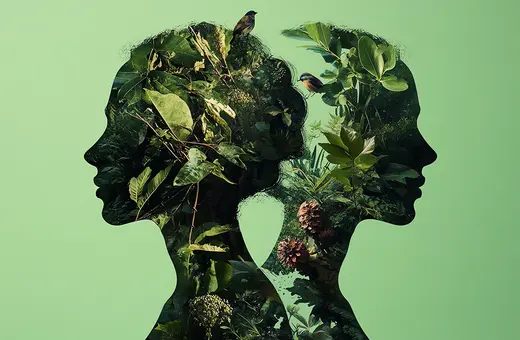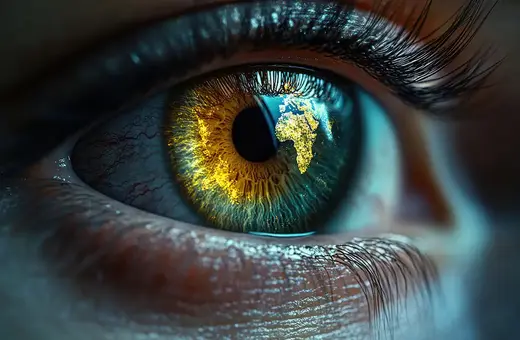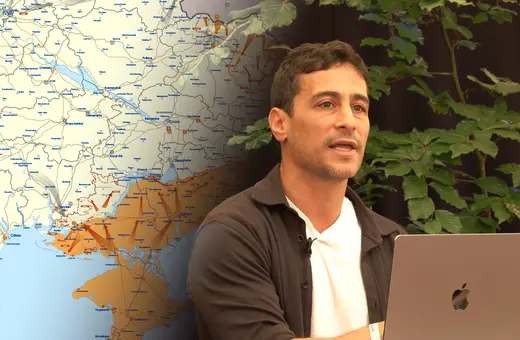Dehumanisation overturns our social instincts and conceives our fellow humans as unnatural beings. Combined with a perceived physical threat, this metaphysical transgression leads to atrocity writes David Livingstone-Smith
I have been studying dehumanization for the last fifteen years, and over that period my understanding of it has changed and deepened. Like most other researchers, I started out believing that when people dehumanize others, they think of them as subhuman animals—as rats, or cockroaches, or bloodthirsty predators. But I eventually came to recognize that this account isn’t quite right. Dehumanizers don’t think of their victims as nothing but animals. In the most dangerous kind of dehumanization—the kind that leads to the worst abuses and atrocities—dehumanizers conceive of their victims as monstrous, unnatural beings.
Here are a few examples. Medieval Christians represented Jews as demonic beings in league with the Devil. They were supposed to be skilled in the art of sorcery and were even equipped with horns and tails. It was said that kidnapped and ritually sacrificed Christian children to drain them of their blood which they mixed with matzah dough and gobbled up during the annual Passover meal. Muslims were also demonized. One medieval chronicler described them as “a fiendish race . . . deformed by nature and unlike other living beings, black in color, of enormous stature and inhuman savageness.” During the Jim Crow era American racists depicted Black men in similar terms as “the most horrible creature upon the earth, the most brutal and merciless . . . a monstrous beast, crazed with lust. His ferocity is almost demoniacal.” Nazi propaganda presented Jews as nightmarish, malevolent entities. For example, one tract entitled Der Untermensch (“the subhuman”) states of Jews that:
To understand the dehumanizing process, we need a theory that explains what is going on when people are conceived of as monsters and demons. I offer such a theory in my recent book On Inhumanity: Dehumanization and How to Resist It, which I will now sketch out.
Homo sapiens are an ultrasocial species. Of all mammals we are by nature the most intensely social. One consequence of our hypersocial way of life is that we have an irrepressible propensity to “see human” when confronted with other members of our species. This automatic responsiveness to indications of humanness in others has important implications for the way that we handle aggression. All social species have instinctive mechanisms for damping down intra-community aggression, because a social way of life is impossible if community members are at one another’s throats.
Given our extreme sociality, these inhibitions have got to be especially powerful. For most other animals, inhibitions against same-species violence extend only as far as the boundary of the local breeding group. Outsiders can be ripped to shreds with gusto. But in our case, they extend much further, and even encompass strangers. However, there is another component that undermines our reluctance to do violence to others. We are very clever primates and our exceptional intelligence allows us to recognize that there are often material benefits to be gained from killing or enslaving others. For this awareness to become translated into action, we needed to find ways to disable or override our inhibitions against performing acts of violence. Over time, we discovered all sorts of cultural gimmicks for doing this, including consuming psychotropic drugs, performing mind-altering rituals, embracing powerful religious ideologies, and conceiving of those whom we wish to harm as less-than-human animals.















Join the conversation